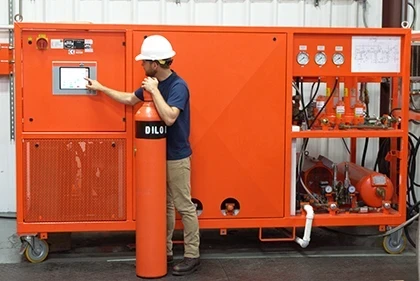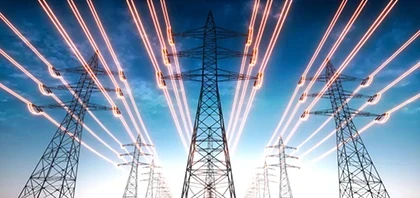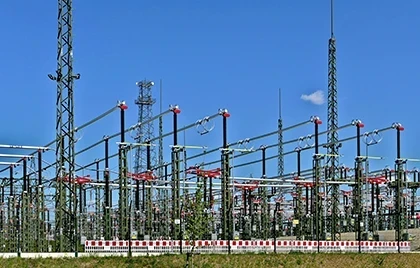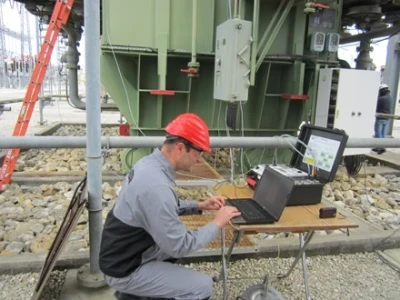Grid-Scale Battery Storage Systems and Their Impact on Substation Operations
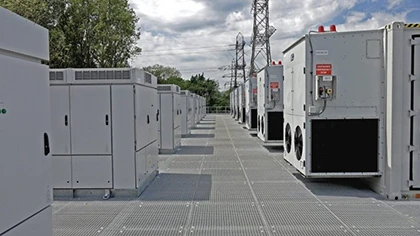
The transition to renewable energy is reshaping the power landscape, with grid-scale battery storage systems playing a pivotal role in this transformation. These systems are crucial for balancing supply and demand, particularly at the substation level, where they enhance grid stability and resilience. This article explores the latest advancements in battery technology, how substations are incorporating battery storage, the challenges and solutions for integrating these systems, and examples of successful implementations by T&D innovators. Integration of battery storage systems often begins with adaptive electrical substation design to accommodate charging infrastructure.
Latest Advancements in Battery Technology and Their Suitability for Grid-Scale Storage
Recent advancements in battery technology have significantly improved the feasibility and efficiency of grid-scale storage systems. Lithium-ion batteries, known for their high energy density and long cycle life, remain the dominant technology for large-scale applications. Innovations in battery chemistry and design have increased their capacity, reduced costs, and enhanced safety features, making them more suitable for extensive deployment. Modern storage units are managed through advanced substation automation that balances supply and demand in real time.
Other technologies are gaining traction in addition to lithium-ion. Solid-state batteries offer higher energy densities and improved safety by replacing the liquid electrolyte with a solid one. Flow batteries, such as vanadium redox flow batteries, provide scalability and long-duration storage capabilities, which are ideal for grid applications. These batteries use liquid electrolytes stored in external tanks, allowing for independent scaling of power and energy capacity.
Furthermore, battery management systems (BMS) advancements have improved the monitoring, control, and optimization of battery performance. BMS ensures safe operation, extends battery life, and enhances the efficiency of energy storage systems. These technological innovations are crucial for meeting the growing demand for grid-scale storage and supporting the integration of renewable energy sources. Substation protection schemes should be updated to safeguard against overcharging and fault events in grid-scale batteries.
How Substations Are Incorporating Battery Storage to Enhance Grid Stability and Resilience
Substations play a critical role in the power grid, acting as nodes that manage the distribution and transmission of electricity. Incorporating battery storage systems at the substation level provides numerous benefits, enhancing grid stability and resilience. Proper configuration of electrical substation components ensures reliable performance when connected to high-capacity batteries.
One of the primary advantages of battery storage is its ability to respond rapidly to fluctuations in supply and demand. When renewable energy sources, such as solar and wind, generate excess power, batteries can store it for later use. During high demand or low renewable generation periods, stored energy can be dispatched to maintain grid balance. This capability is essential for managing the variability and intermittency of renewable energy sources.
Battery storage systems also support frequency regulation by providing fast and precise adjustments to the grid’s frequency. This helps maintain the power system's stability and prevent outages. Additionally, batteries can provide voltage support, helping to stabilize the voltage levels within the grid and ensuring the reliable operation of electrical equipment.
Battery storage systems can provide backup power in the event of a grid disturbance or outage, enhancing the resilience of substations and the broader grid. This capability is particularly important for critical infrastructure and areas prone to natural disasters. By incorporating battery storage, substations can ensure a continuous and reliable power supply, even during emergencies. Maintenance programs must be expanded to include electrical substation maintenance routines specific to energy storage interfaces.
Visit our Substation Maintenance training course.
Visit our Electricity Forum Electrical Substation Channel Page.
Read full article in the Substation And The Grid Special Edition

